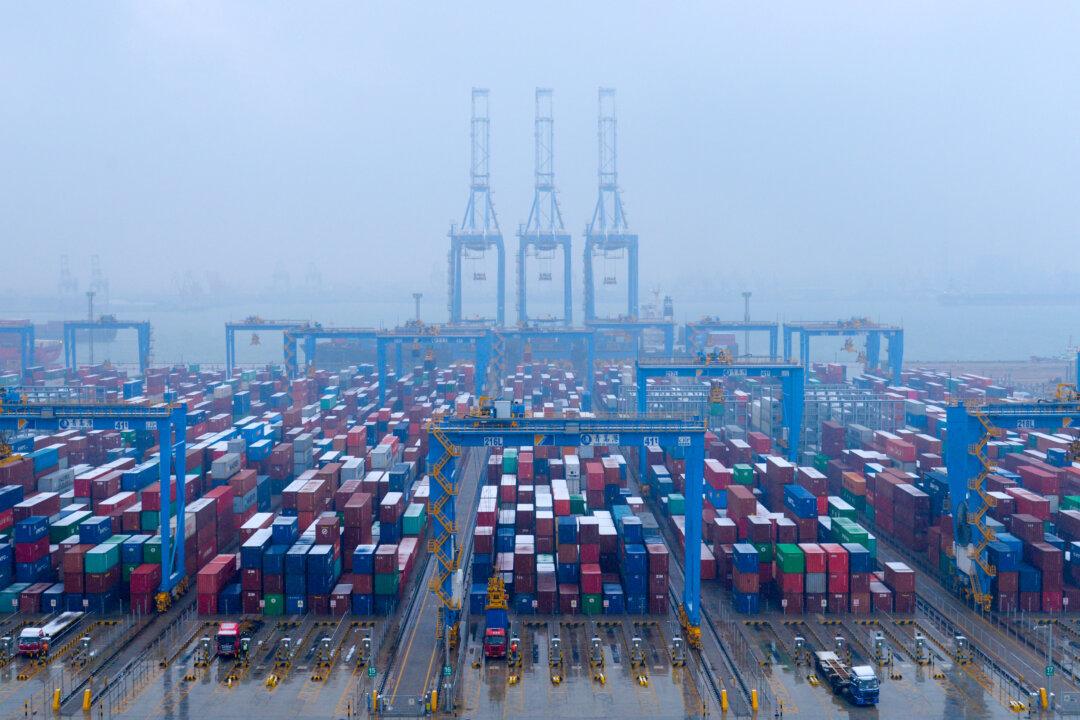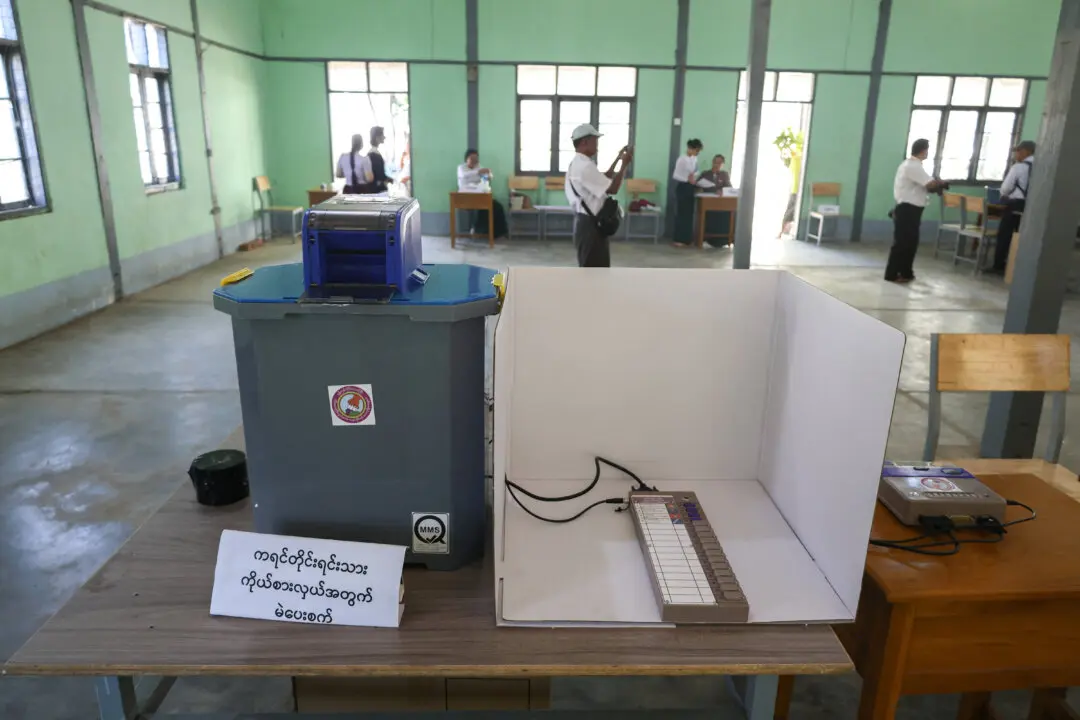BEIJING—China’s exports are expected to have rebounded in March after a sharp drop in February, while imports likely shrank for a fourth straight month but at a more modest pace, a Reuters poll showed.
Veteran China watchers said the gains may be due more to seasonal factors than a turnaround in lackluster global demand, with shipments likely to jump after long Lunar New Year holidays had dampened business activity in February.





